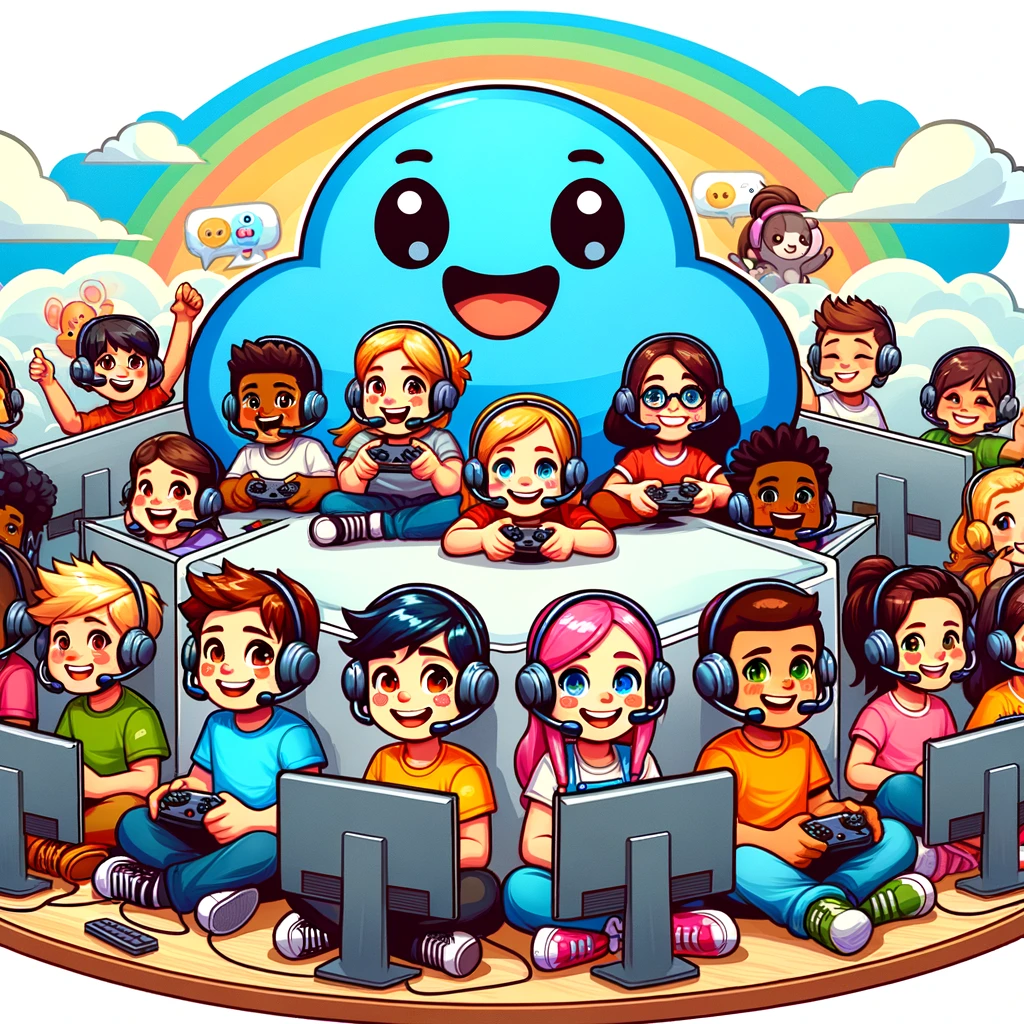Setting Healthy Screen Time Limits for Kids: A Parent’s Guide

In the digital era, screens are an unavoidable part of our lives and the lives of our children. While technology can be a wonderful tool for learning and entertainment, excessive screen time has been linked to a variety of concerns, from disrupted sleep patterns to behavioral issues. As parents, it’s our job to help our children cultivate a balanced relationship with technology. Here’s how you can set sensible screen time limits for your kids.
Understand the Impact
Before setting limits, it’s important to understand why it’s necessary. The American Academy of Pediatrics (AAP) suggests that too much screen time can lead to attention problems, sleep disorders, and issues with learning and social skills. Setting limits isn’t just about reducing screen time; it’s about ensuring the time they do spend with screens is beneficial.
Tailor to Your Child
Screen time guidelines are not one-size-fits-all. They should vary based on a child’s age, individual needs, and family values. For example, the AAP recommends:
- For children younger than 18 months, avoid the use of screen media other than video chatting.
- For children 18 to 24 months, parents should choose high-quality programming/apps and use them together with children.
- For children 2 to 5 years, limit screen use to one hour per day of high-quality programs.
- For children 6 years and older, place consistent limits on the time spent using media and the types of media.
Be a Role Model
Children learn by example. If you’re glued to your phone or laptop, your child is likely to follow suit. Make a conscious effort to put down your devices during family time to set a precedent.
Create a Family Media Plan
A family media plan is a holistic approach to managing the digital landscape of your household. It includes not just rules, but goals and values about the use of technology. Decide on family priorities, like homework, physical activity, and family time, and how screen time fits into those priorities.
Use Tools to Your Advantage
There are numerous apps and parental controls that can help manage screen time. Devices and platforms like iOS, Android, and various streaming services have built-in controls that allow you to set time limits and curfews for screen use.
Encourage Other Activities
One of the best ways to limit screen time is to promote alternatives. Encourage outdoor play, reading, and hobbies that don’t involve screens. Make sure your child has access to plenty of non-screen activities.
Discuss Screen Time with Your Child
Have open conversations about the importance of setting screen time limits. Discuss the content they’re viewing and the activities they’re engaging in. This can also be an opportunity to teach them about internet safety and digital citizenship.
Stay Consistent
Consistency is key in enforcing screen time rules. Once you’ve set the limits, stick to them. This may require some discipline at first, but over time it will become part of your family’s routine.
Be Flexible When Necessary
There will be times when the rules need to bend a little — perhaps during a family movie night or when your child is using a screen for schoolwork. The important thing is to return to the agreed-upon limits once the exception has passed.
Reinforce the Positive
Instead of framing screen time limits as a punishment, highlight the positive aspects of spending time away from screens. Celebrate the new skills they’re learning and the fun they’re having offline.
In conclusion, setting screen time limits for your children is a crucial part of parenting in the digital age. It’s about guiding them towards a balanced use of technology, where screens are a tool for learning and connection rather than a 24/7 entertainment source. With a thoughtful approach and open communication, you can help your child develop a healthy relationship with the digital world.


